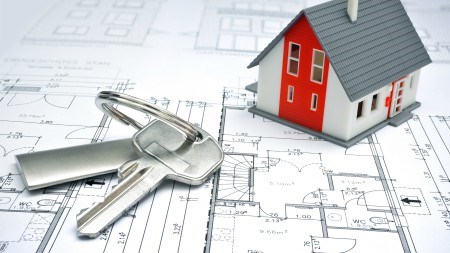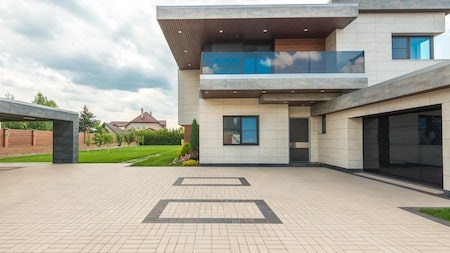9 tips for choosing the best spots in plot-and-plan developments.
When it comes to new housing developments, “plot-and-plan” options are the top choice for many buyers, because they usually offer the freedom to customise the finishes of the home, and even the layout to some degree.
However, once you have identified the neighbourhood you want to live in and a development that looks promising, you will need to decide which plot or stand you would like. And that can be tricky, says Gerhard Kotzé, MD of the RealNet estate agency group, because it is very difficult to envisage traffic flows, views, communal facilities, security provisions and proximity to your neighbours until the homes in the development are actually built.
Price obviously also comes into the picture, with larger stands and those with views usually costing more. But just choosing the cheapest stand may not be a good idea because it could limit the saleability of your home in future.
Consequently, he says, buyers should apply the following guidelines to ensure they get the best value for their money:
Find out if the site of the development was previously used for anything else or has geological limitations. If there’s any chance the ground may have been poisoned or will create extra-difficult building conditions (like clay or dolomite) your best bet is actually to seek out another development.
Try to establish what other developments, if any, are planned for the area, and imagine what effect these are likely to have. If your plot is close to the perimeter of your complex, for example, a multi-storey parking garage next door might block a view, cut out the sun for much of the day, or severely diminish privacy – all factors that would reduce the enjoyment and value of your home.
Avoid plots on low-lying land which may flood in severe weather conditions. There are construction techniques available to minimize the risk of damage in such instances, but these will undoubtedly add to the cost of building and mean you get less house for your money.
Avoid plots on very steep slopes. The dream views they may provide seldom justify the additional excavation, piling and retention costs involved in building on them. Besides, an extensive outlook could quite possibly change in a few years’ time when homes have been built and trees have grown on neighbouring properties, and in the meanwhile you will have much less usable yard space for children and/or pets.
Think twice before you buy a corner plot. If this turns out to be a busy corner in the completed development, you will have traffic noise on two sides which can be especially distressing in developments where there are no boundary walls. Similarly, try to avoid plots that face or back on to the main roadway in the development, because there is likely to be constant noise from other residents coming and going to the security gate.
Before you sign for a plot, make sure those on either side and behind are also residential. You don’t want to end up living next to the complex clubhouse, sports centre, laundry or tuck shop.
If you are choosing a plot with a view, make sure the development has architectural height restrictions in place that will prevent that view from being blocked when other homes are built around yours. This is in fact the reason that many people will buy into a development rather than buy a freehold viewsite, where there is much less control over what sort of home the neighbours might build.
Choose a plot where the front of your home will face in the right direction. In SA if you want the most sun and warmth, the home should face north, or at least have east and west aspects that will get the morning and afternoon sun. But in a really hot climate, you might prefer it to face south, as long as there is a north-facing roof where you can site your solar panels and geyser.
And finally, try not to buy a plot with an irregular shape. These often occur at the end of a cul-de-sac or on roads that curve around a hill, and they make it more difficult to site a home correctly and get maximum use of your yard pace. They are also more likely to contain various water, electricity and other servitudes.




